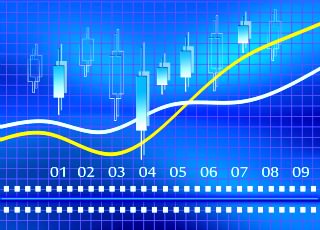Latency and high frequency trading
Low-latency or high frequency trading is dominated by computers using speed trading techniques. Typical applications are virtual market-making strategies, which have replaced human market makers, and index arbitrage strategies, which keep baskets and their underlying components priced consistently.
 A key component of many low-latency strategies is exchange co-location. Traders with latency-sensitive strategies locate their servers within an exchange’s data center to save on communication latency, the time it takes to send messages from their servers to the exchange.
A key component of many low-latency strategies is exchange co-location. Traders with latency-sensitive strategies locate their servers within an exchange’s data center to save on communication latency, the time it takes to send messages from their servers to the exchange.
High frequency trading has changed the trading game forever
This type of high frequency trading has changed the trading game forever. The change has been dramatic, but it has not been well-understood by many participants. As in any big change, there have been big winners and losers, and the change has been somewhat controversial among many participants.
The real losers of high-speed trading have been human specialists on the floor of the NYSE and the human market-makers who traded institutional flow on the floors of major investment banks. Surprisingly, the winners have been retail and active traders. Why? Because the net effect of this technology has been greater liquidity, tighter spreads and lower costs for investors.
There are some who would try to put the genie back in the bottle. They fight to rein in the high-frequency traders, but they are fighting a losing battle, as high-frequency is here to stay. The better choice is to recognize that high-speed trading has its limitations. You can take advantage of the tighter spreads it creates to recognize patterns that computers cannot, and you can use human intelligence to recognize when patterns are changing.
Being able to execute with your own cutting-edge technology is important as well. A good front-end platform will allow you to get a bird’s-eye view of the market in a way that the computers in the trenches can’t see. Speed trader has several platforms to help you make better trading decisions. However, although this growth is predicted to continue, it is likely to be at a slower rate than the explosion in high frequency trading we have seen over the last couple of years.
Related articles
Trading signal service for you!
A trader and day trading characteristics
Exchange (EXCH) as an organized market